Images & Displacement
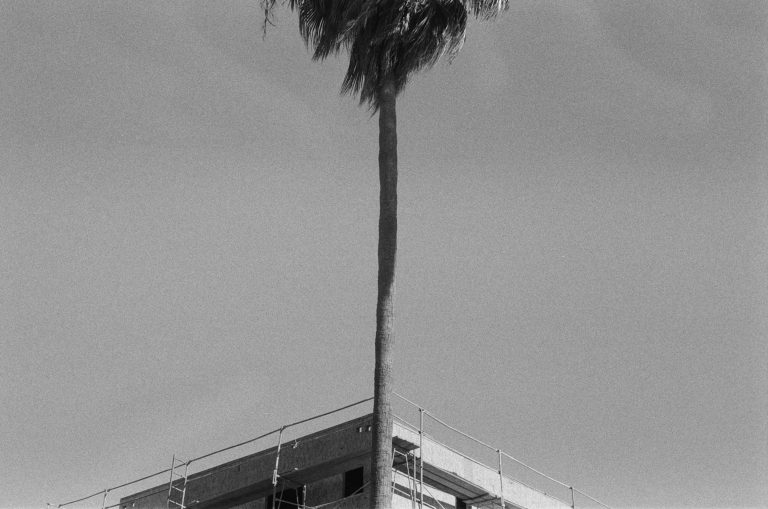
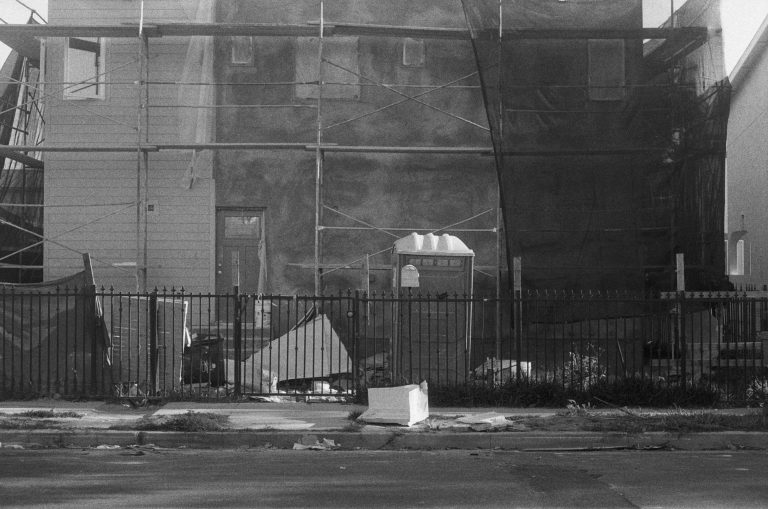
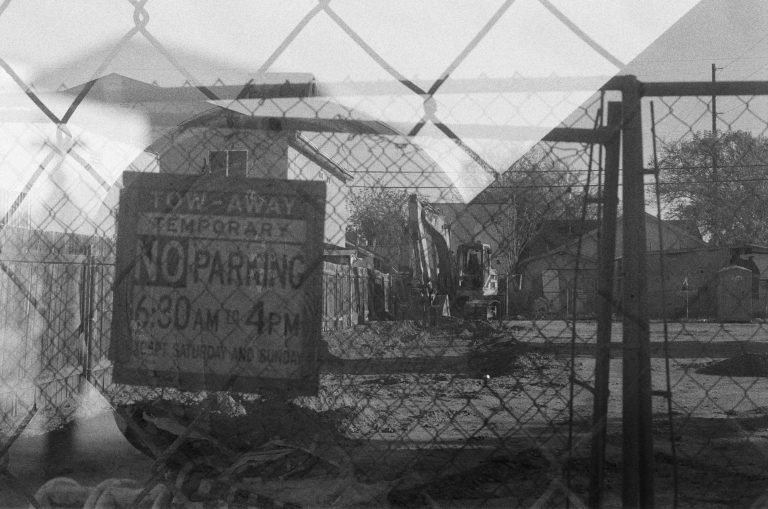
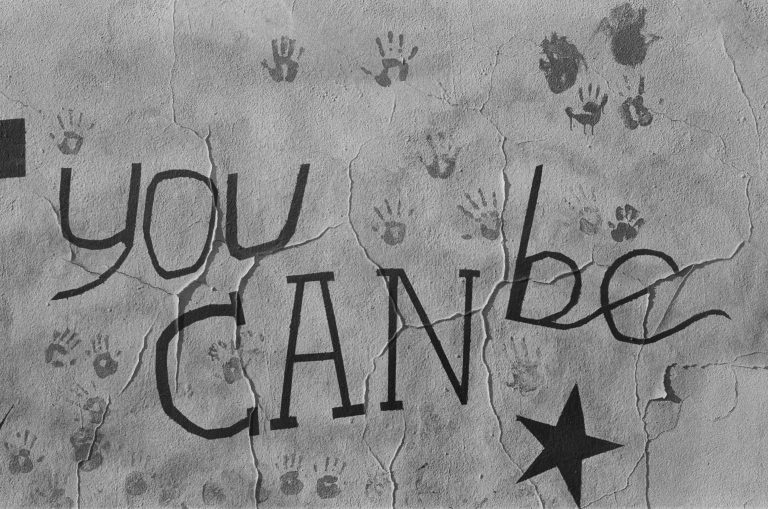
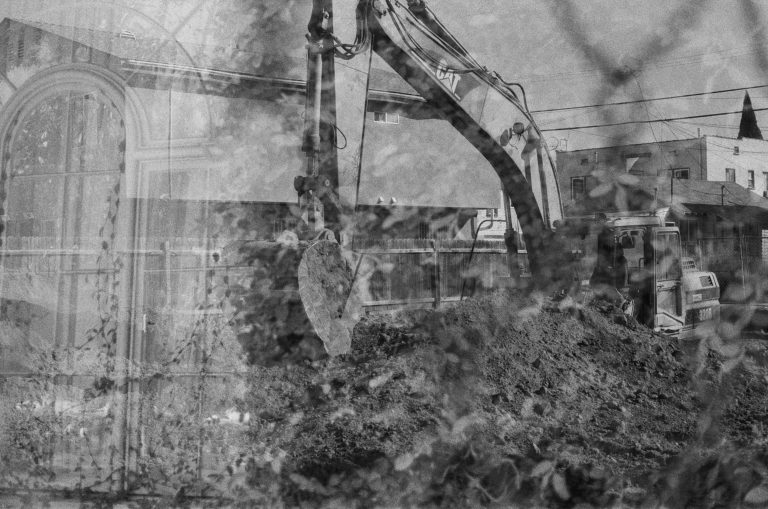
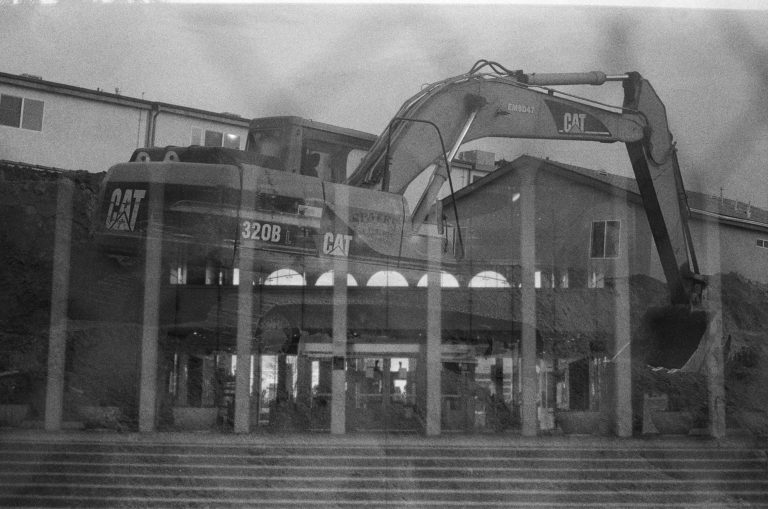
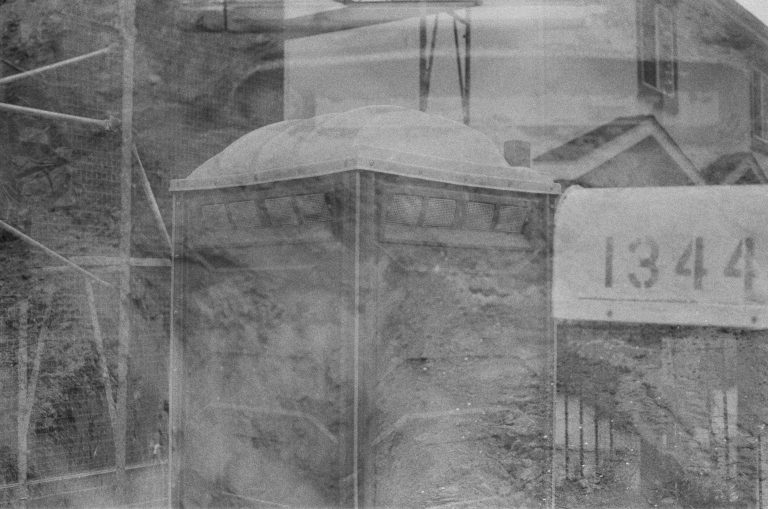
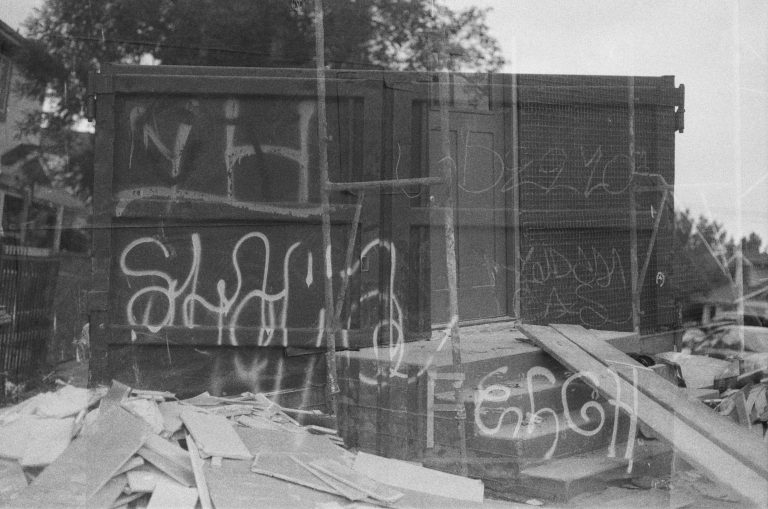
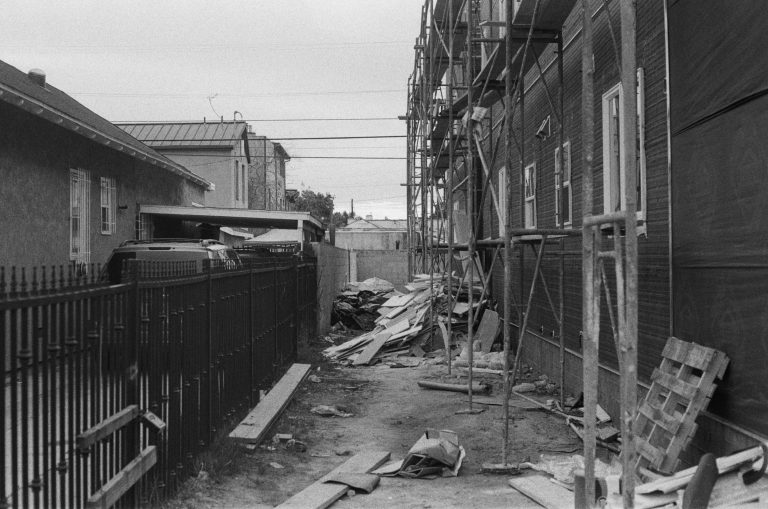
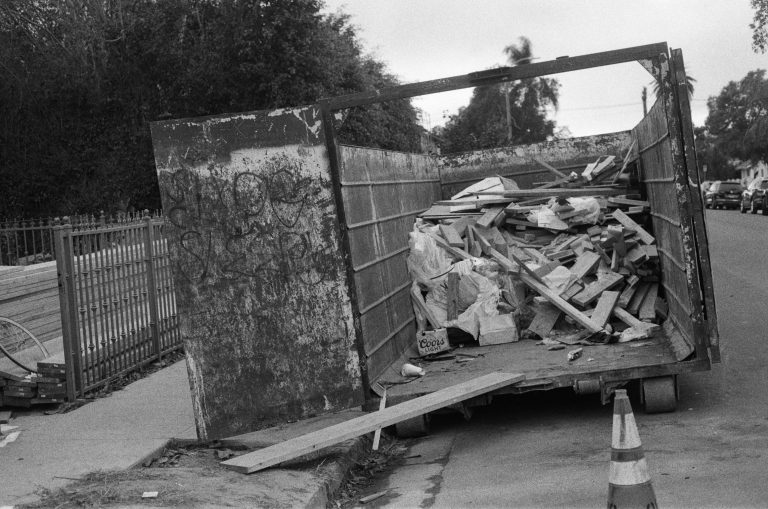
Published May 2022
These photos were taken over a 3-month period by Joshua Cantong during their time as a Graduate Research Assistant with the USC Price Center for Social Innovation. Many of these film photographs are double exposures: a photo where a single segment of film is exposed twice in order to capture two separate instances in one image. The double exposure images are meant to reflect how the material components of the neighborhood (people’s homes, people themselves, novel luxury housing, etc.) have been altered, displaced or created over a given period of time, due to the development pressure pushing in on the community from beyond the community.
These images validate both community voice and experience, as well as establish a visual basis for some of the data shown on this site. Joshua thought it was important to take these photos as a form of investigation, as data on this dashboard (see the Stability & Affordability page) shows that the area just west of USC’s main campus has been subjected to heightened degrees of structural targeting across an array of metrics measuring inequality. In particular, the area west of USC has seen significantly high rates of building demolitions, Ellis Act evictions, landlord harassment & illegal eviction, disproportionate mortgage denials for people of color, and generally, gentrification. Moreover, in speaking with community stakeholders, Joshua found that community members have been subjected to “cash for keys” buyouts, where a long time homeowner in the area is offered cash by, usually, a corporate real estate entity that means to acquire, demolish, and redevelop their land to fit a new future-oriented rental market. Some residents have even noted that they’ve tried to apply as tenants to these new developments and have been discriminated against because of either their race or the fact that they’re not USC students.
Joshua hopes that these images can be an expression of the displacement and challenges occurring in the community surrounding USC and believes it validates the data findings shown throughout the pages of this site.
*These images, which reflect conditions of inequality and oppression, are not all that comprise this neighborhood. South LA is characterized more or less by its history of racial-economic oppression but also its resistance to those conditions of oppression, its activism, and its centrality in organizing efforts across a range of policy issues centered on expanding justice throughout Los Angeles (Hondagneu-Sotelo, Pastor, 2021). It’s important that we see the assets of the community and the joy and emotion of the community that exists beyond the selected cross-section that these photos reveal.

